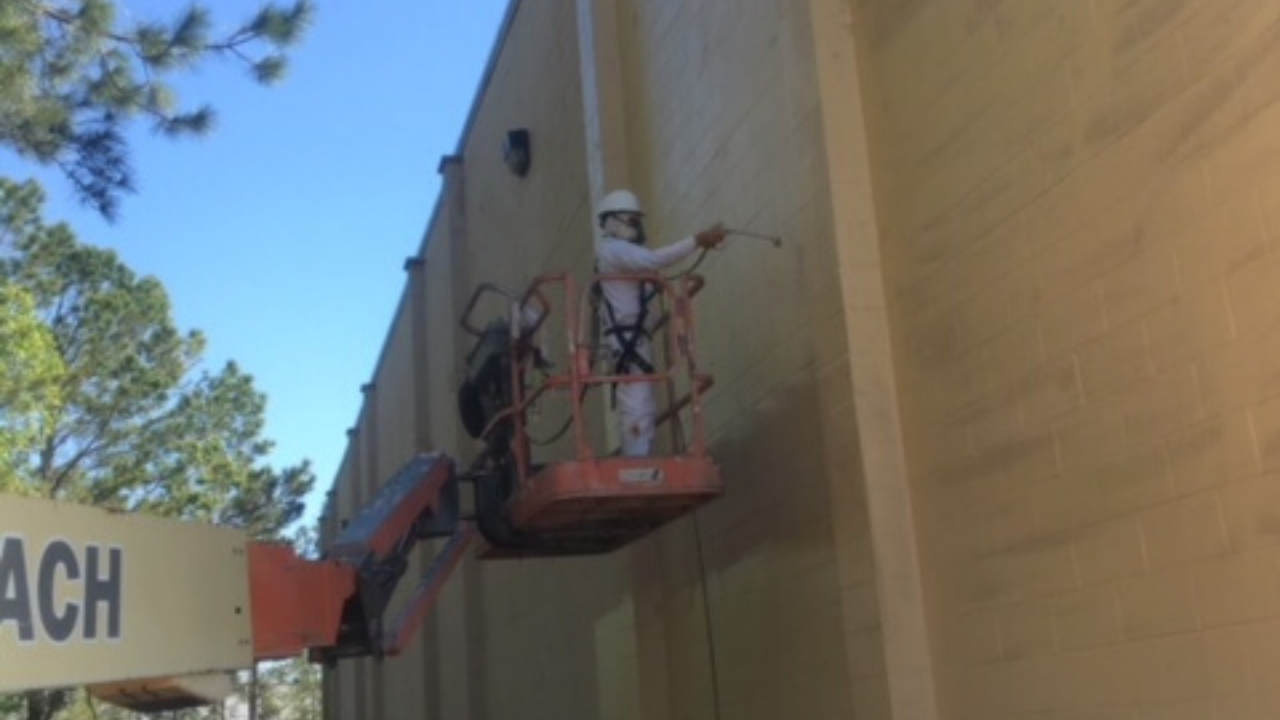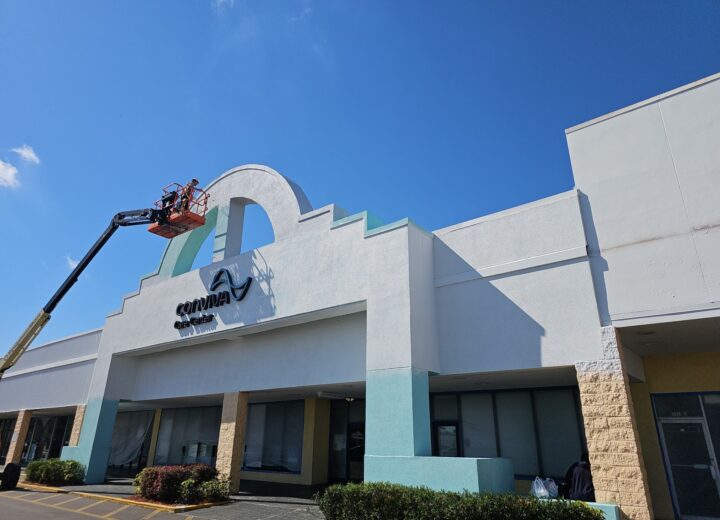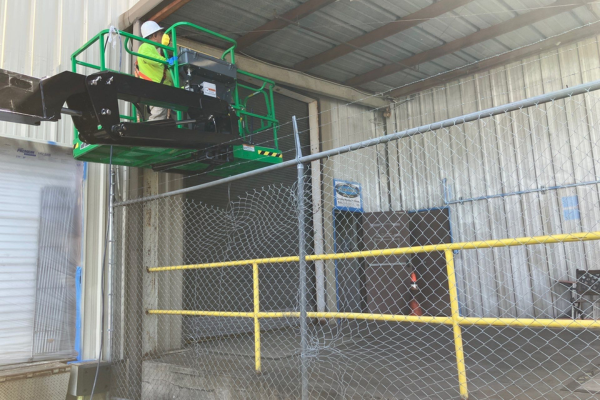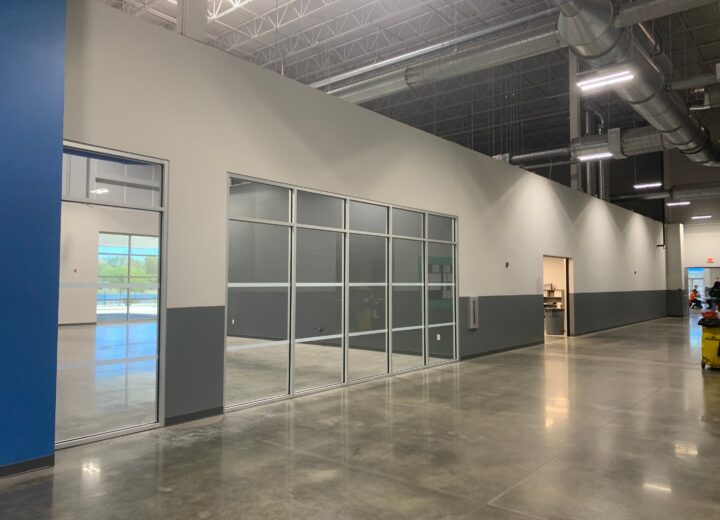
From retail to resorts and even in hospitals, commercial painting is a great way to reinvigorate your facilities. It helps employees stay in a positive mindset and makes a strong first impression on customers.
But, just like renovating your house, it’s important to be prepared before you start.
Choosing the right commercial painting contractor will minimize disruption to your business. But even the best contractor can’t do it all alone: Working together is truly essential for success.
Here’s how business owners can support quality and longevity for a coating project:
1. Ensure the Area to Be Serviced Meets Necessary Environmental Standards
If you’re doing work on the interior of your building, you may need to make changes in affected areas to make the most of a coating’s performance attributes.
Most primers have a curing phase, lasting from 2-3 days, during which disturbances must be minimal and temperatures should be kept within a defined range.
Your contractor will advise you on the specifics in advance.
2. Plan the Project Around Expected Weather Conditions and Other Events
Exterior surface preparation and coating projects should generally be done in mild weather with relatively low humidity. At certain times of the year, that can be a tall order anywhere in the southern states where high humidity is a factor.
Particularly in the summer, it’s crucial to plan projects so they can be completed between periods of rain and wind. If heavy weather is expected, surfaces that are being worked on should be protected with tarps.
3. Test for Ventilation and Access Before the First Layer of Coating Goes On
The more of a structure is being painted, the more crucial adequate ventilation is.
Ventilation is not vital for the area to be treated, but it is suggested for the comfort and safety of those in adjoining areas. Ventilation ensures noxious fumes from coatings do not disturb employees or customers. Check your HVAC system and change filters as needed before you begin.
Another concern is that there is adequate access to the area to be worked on. Be sure equipment is moved away from walls that will be painted. If doors between the entryway and the area to be painted are usually secure, unlock them or remove passcodes to facilitate easy entry.
4. Prepare to Communicate Project Changes to Your Employees
Sound project management practices make a commercial painting project easier. Be sure there is a plan in place for all employees to understand how they might be affected by ongoing work. In particular, they should have a place to report any safety hazards they become aware of.
About a week before the project is set to begin, get input from your painting contractor on which areas will be affected first. Start routing any foot traffic around these areas early on so people are used to the change in routine when contractors actually arrive on the scene.
5. Take Time for a Final Walkthrough With Your Painting Contractor
After any commercial painting project, you’ll have the opportunity to do a final walk-through with your contractor. This isn’t just a formality: It gives you a chance to make sure the work really meets your approval.
If you have any questions or notice any issues, the final walkthrough is the place to bring them up. Many contractors can provide you with verification of coating composition and layers used – saving you the time and expense of an outside coating inspector.
Concerns voiced during the walkthrough can usually be taken care of within just a few days. On the other hand, issues that arise after the painters leave the premises are more ambiguous and may not be covered under the terms of your contract.
No matter the scope of your project, choosing the right commercial painting company is the most important step.






